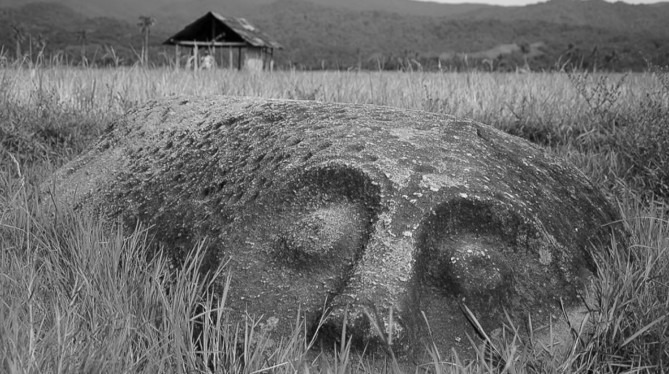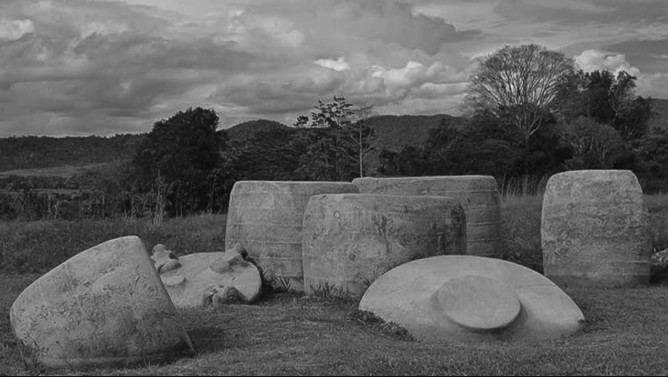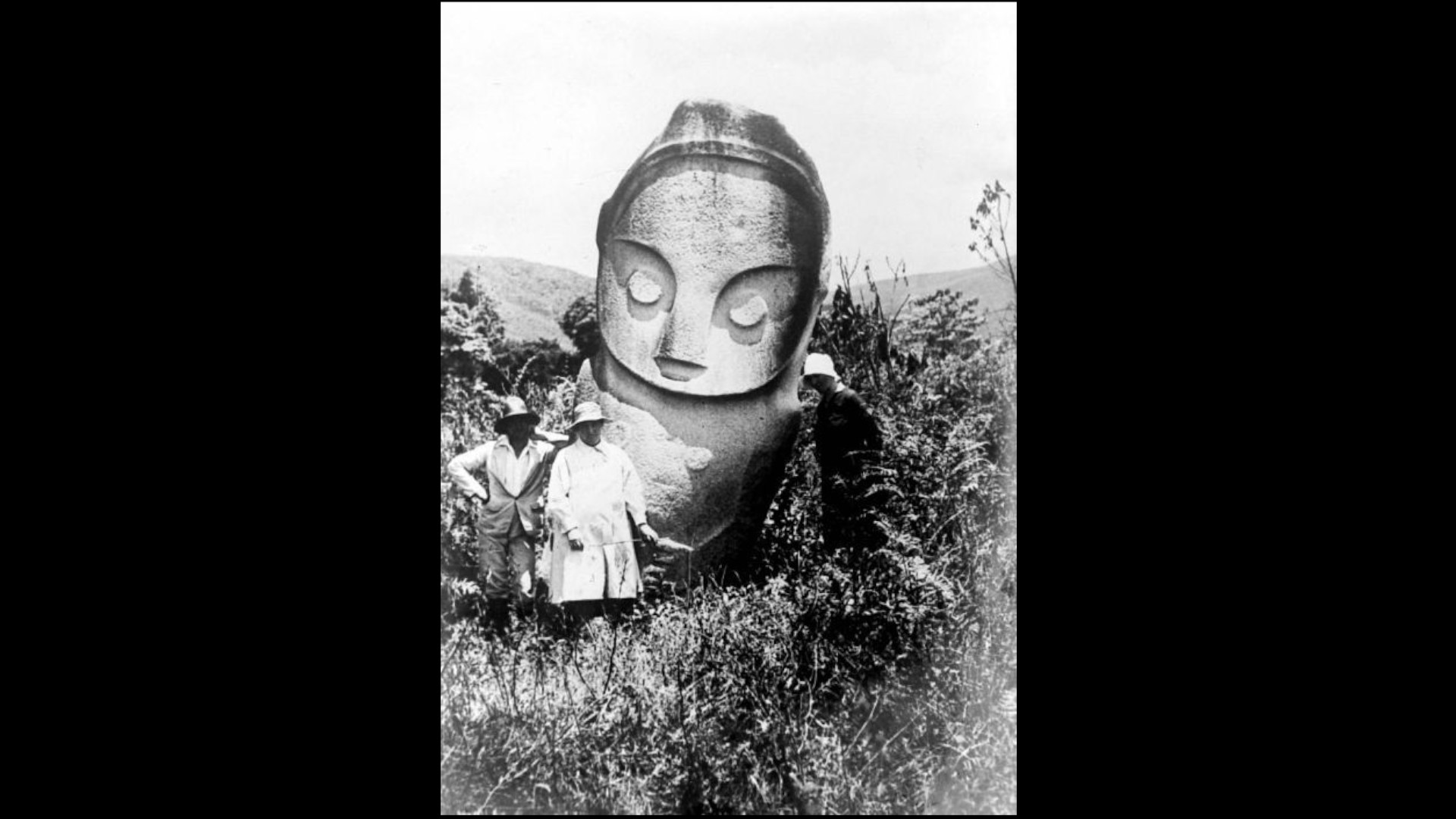There is something satisfying when one comes across a mystery that science cannot explain (they can be such an arrogant lot), and the Bada Valley in Indonesia contains something that has baffled archaeologists enough to admit that they have little clue as to the origins of what is there.
The megaliths in the Bada Valley are believed to be the remnants of a past civilisation, though much about this civilisation, why it created such works or what their function is remains unknown, including the civilisations exact age, cultural practices, and the reason for it’s disappearance.
The statues, which vary in size and depict both human and animal figures, suggest a society with considerable organisation and belief systems, particularly given the effort required to carve and transport such large stones.
The lack of written records and the scant archaeological evidence have left many questions unanswered about the people who created these megaliths. However, the existence of such structures is a clear indication of a community with complex social structures and spiritual or ritualistic practices. Some theories suggest that the statues were used for religious or ceremonial purposes, possibly related to ancestor worship or the marking of significant territories.
Despite the mysteries, the megaliths of the Bada Valley are an important link to Indonesia’s prehistoric past. Ongoing archaeological research in the area continues to uncover clues about the lifestyle, beliefs, and social organisation of the civilisation responsible for these impressive creations.
When discovered
The megaliths in the Bada Valley were not “discovered” in the conventional sense, as they have been known to the local indigenous communities for centuries. These communities have lived alongside the megaliths, integrating them into their cultural and spiritual life without necessarily attributing them to a civilization distinct from their ancestors. The wider world, however, became aware of these ancient structures in the early 20th century when Dutch colonial officials and explorers began documenting the existence of these statues during their expeditions into Central Sulawesi. The precise date of this documentation is not well-established, but it is generally agreed that significant attention was brought to the megaliths by the outside world in the 1900s. Since then, archaeologists and researchers from around the globe have visited the Bada Valley to study the statues, trying to uncover the secrets of their origins, purposes, and the people who created them. Despite their efforts, much about the megaliths remains a mystery, preserved by the dense jungles and the reverence of the local communities.
Not local
Although appearing in the fields and jungle of the valley, the megaliths present an intriguing enigma not only because of their age and the unknown identity of their creators but also due to the nature of the material from which they are carved. The stone used in the construction of these ancient statues is not local to the immediate surroundings of the Bada Valley. This fact adds a layer of mystery regarding the techniques and efforts employed by the ancient builders to transport these massive stones over potentially long distances. The absence of similar stone materials in the vicinity suggests that the creators of the megaliths had to undertake significant logistical challenges. They possibly organised expeditions to quarry the stone from distant sources and then engineered methods to move these enormous blocks across rugged terrains. This evidence of advanced planning and coordination further underscores the complexity and sophistication of the society responsible for these enigmatic structures.
Age
The age of these megaliths is largely unknown. Some dating has placed them at 5000 years old but they may even be much older.
These constructions come in various forms, including humanoid figures and animal representations and other objects. Their precise dating is difficult due to the lack of organic material that can be used for carbon dating. However, researchers and archaeologists have attempted estimates based on the weathering patterns of the stone, comparisons with other megalithic sites, and the context of their discovery. The wide range in estimated ages reflects the ongoing debate and investigation into these fascinating artefacts.
Giant vessels
The locals refer to the giants vessels, urns or stone pots in the Bada valley as Kalambas. Some of the vessels have lids which indicates they did have a purpose but what it was is unknown. Each giant vessel is carved from a single block of stone, as are the lids.
The megaliths in the Bada Valley stand as a testament to a unique and ancient artistic vision, distinctly different from the design principles and aesthetics found in the contemporary local works of the region. These prehistoric sculptures, characterized by their monumental size, abstract forms, and the mysterious depictions of humanoid figures and animals, bear little resemblance to the modern artistic expressions of the people currently inhabiting Central Sulawesi. While today’s local crafts and artworks reflect a blend of indigenous traditions and influences from centuries of trade and cultural exchanges, the megaliths hark back to a time and mindset that seem to operate under a completely different set of cultural and symbolic values. The stark difference in artistic style and technique underscores a significant temporal and cultural gap between the creators of the megaliths and the present-day inhabitants, highlighting the deep historical roots and the diverse cultural heritage of the region. This contrast not only fascinates archaeologists and historians but also adds to the mystery surrounding the purpose and origins of these ancient structures, as they remain a tangible connection to a distant past, markedly divergent from the contemporary artistic landscape.
